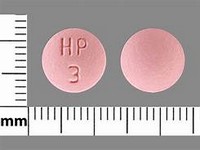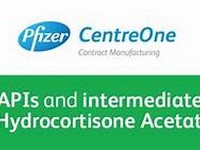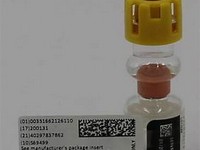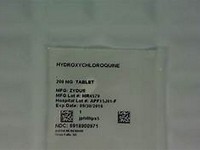insulin soluble (Actrapid or humulin s)
.JPG)
insulin soluble (Actrapid or humulin s)
CLINICAL USE
Hyperglycaemia, control of diabetes mellitusEmergency management of hyperkalaemiaDOSE IN NORMAL RENAL FUNCTION
VariablePHARMACOKINETICS
DOSE IN RENAL IMPAIRMENT
GFR (mL/MIN)
DOSE IN PATIENTS UNDERGOING RENAL REPLACEMENT THERAPIES
IMPORTANT DRUG INTERACTIONS
Potentially hazardous interactions with other drugsFibrates: may improve glucose tolerance; additive effect with insulinADMINISTRATION
Reconstition
–Route
IV via CRIPRate of Administration
Over 30 minutes or as requiredComments
Add 15–25 IU insulin to 50 mL 50% glucoseFor maintenance infusion or sliding scale infusion, add 50 IU insulin to 500 mL 10% glucose and adjust rate according to blood glucose levelsContinue infusing insulin/glucose solution at rate of 10 mL/hour according to serum potassiumOTHER INFORMATION
Monitor blood glucose Prior to insulin/glucose infusion for hyperkalaemia, give IV 20 mL 10% calcium gluconate to protect myocardium and 50–100 mL 8.4% sodium bicarbonate to correct acidosisCommence calcium resonium 15 g 4 times per day orallyInsulin is metabolised renally; therefore, requirements may be reduced in ERF
See how to identify renal failure stages according to GFR calculation
See how to diagnose irreversible renal disease
Home








